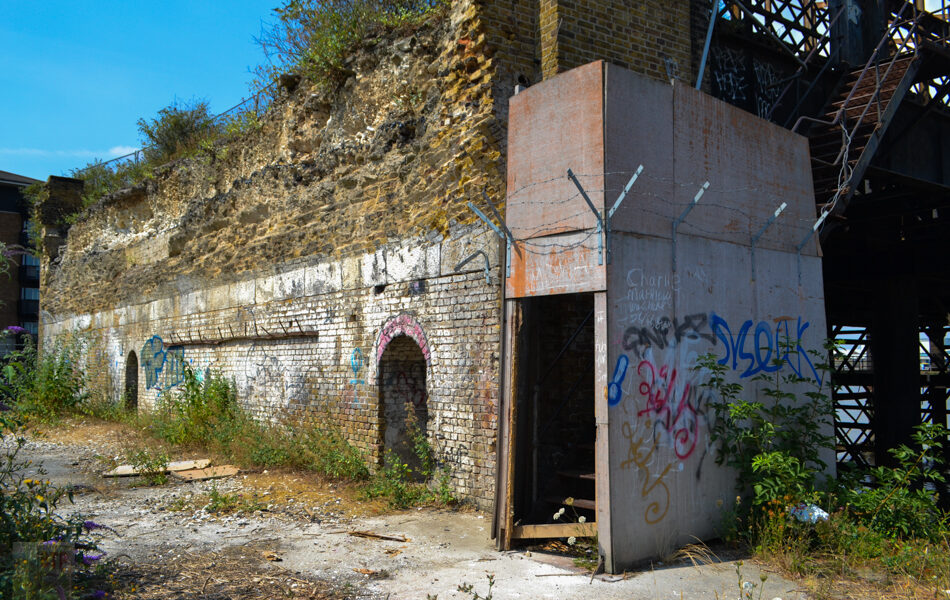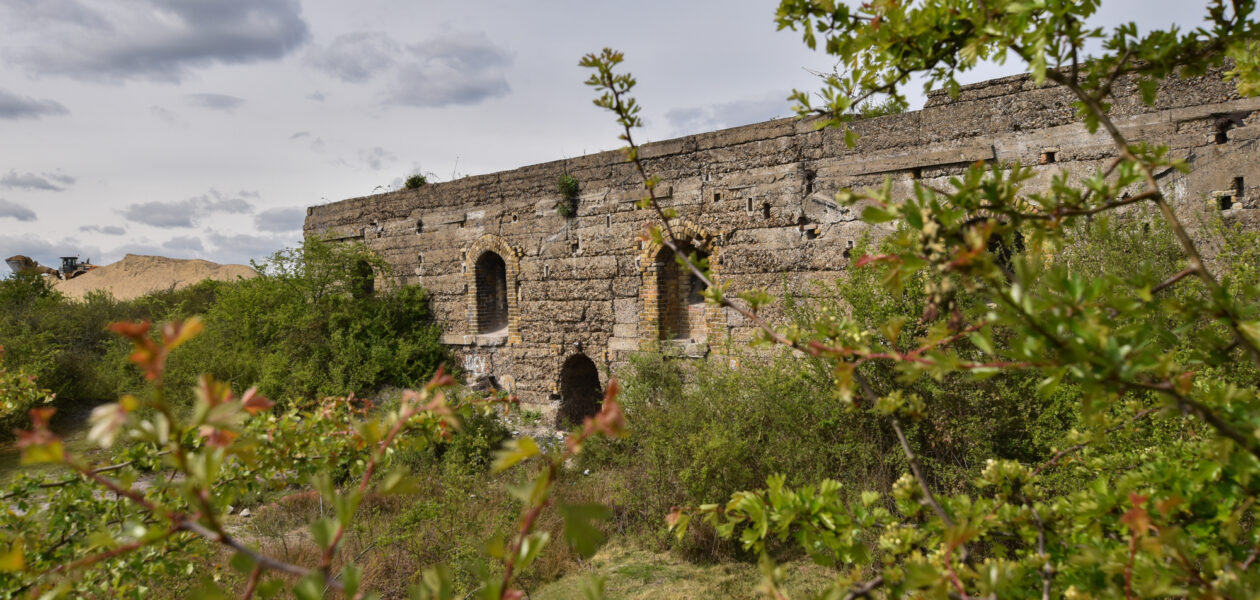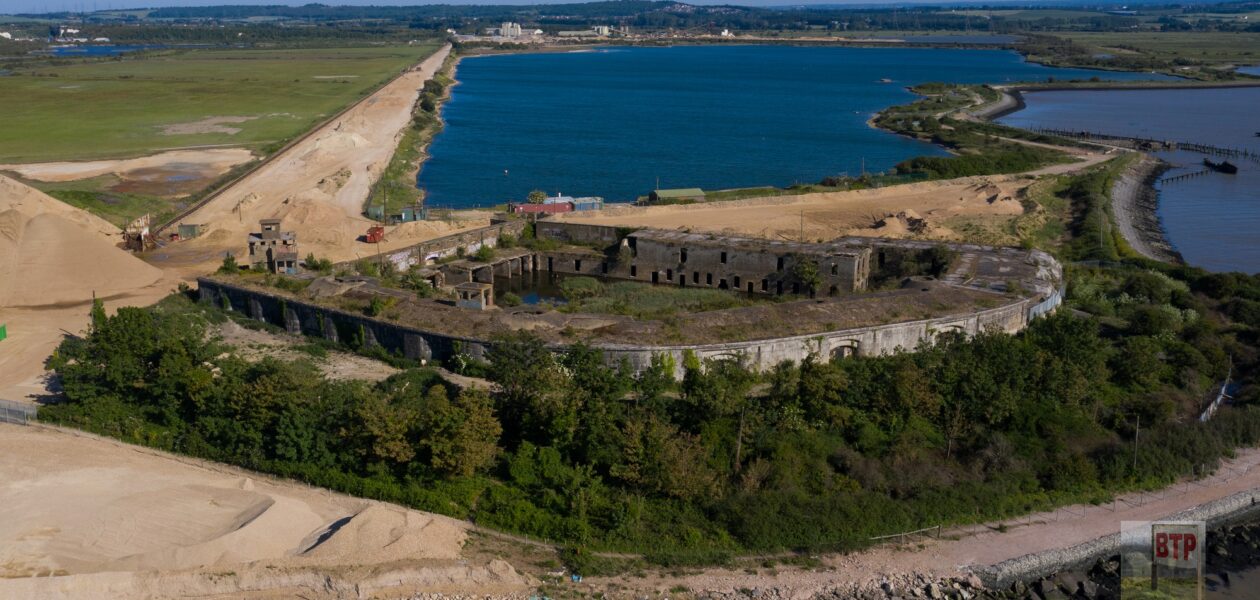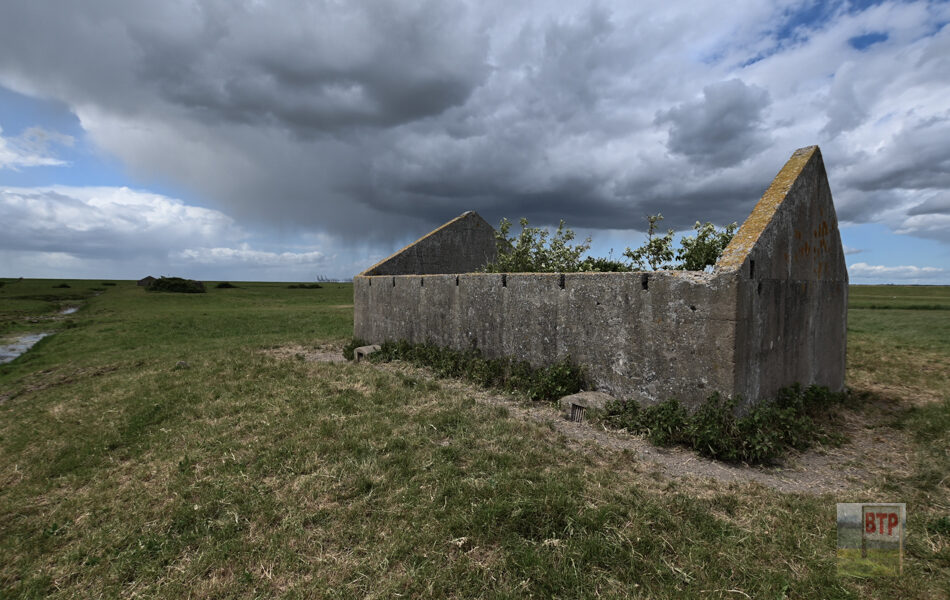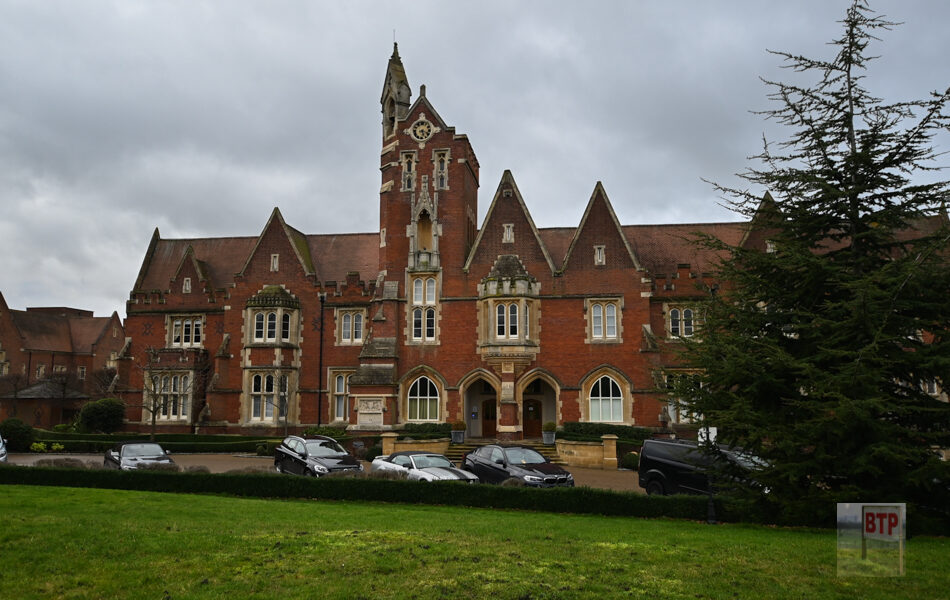Gravesend West Street Pier
Gravesend West Street Pier is the only remnant surviving of Gravesend West Railway Station. This station served as the terminus of the Gravesend West Line, with the platform and station situated on the raised structure that continued out onto the pier in the River Thames. The first station on the line after Gravesend West was…
View More
